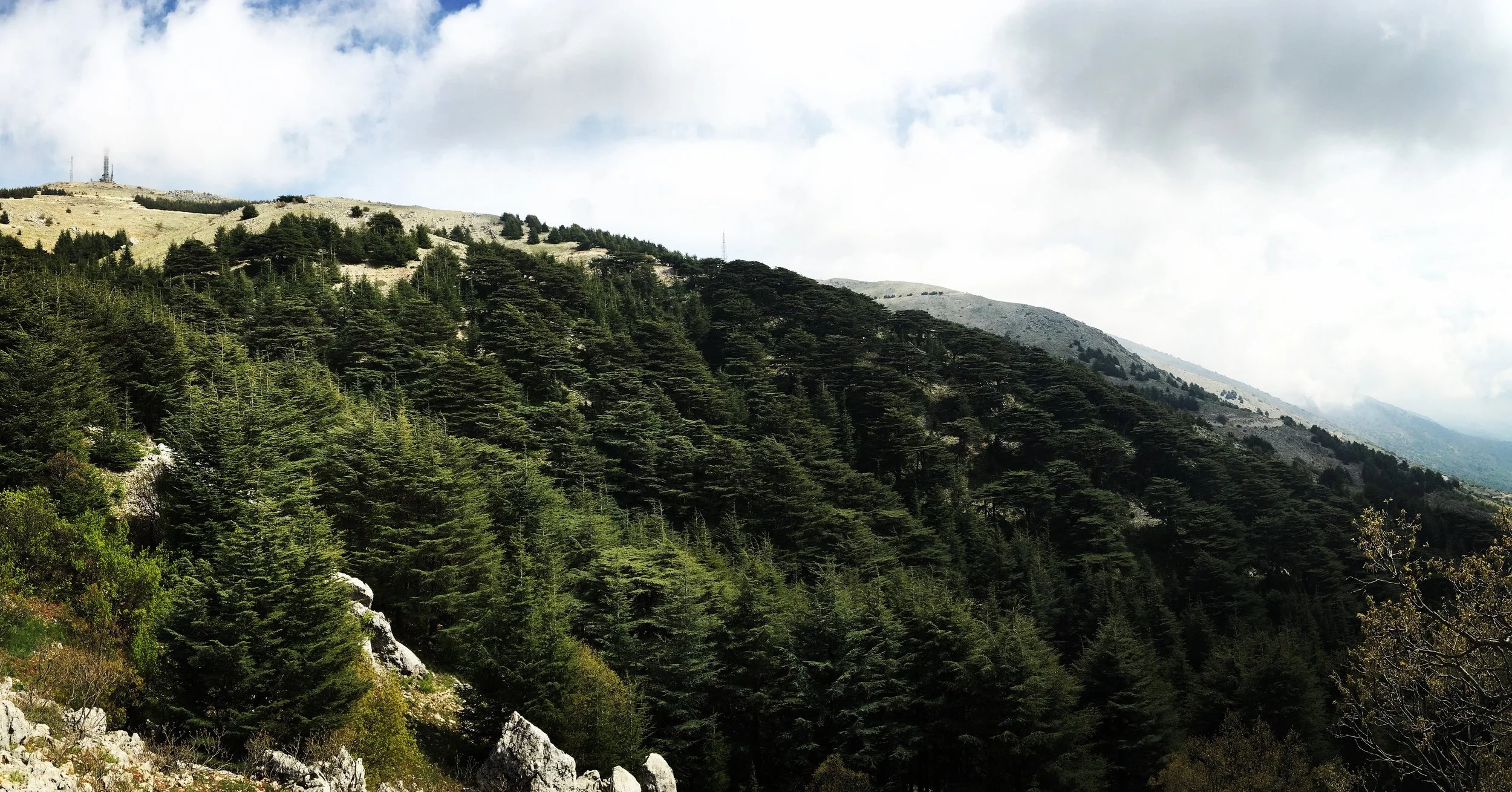NATURE AND CULTURE IN LEBANON
Integrating conservation, culture and livelihoods in Lebanon
For a busy man, Nizar Hani smiles a lot. Perhaps this is because he is the Director of the UNESCO Shouf Biosphere Reserve – a unique complex of government protected areas and private/community conserved areas that support local nature, culture and livelihoods in central Lebanon.
The Biosphere Reserve was declared in 2005 and covers 50,000 hectares of Lebanon’s terrestrial area, amounting to about 5% of the country’s total. It is an extraordinary landscape and comprises three interrelated areas:
· Shouf Cedar Nature Reserve located in the Shouf mountains of central Lebanon,
· Ammiq Wetland, east of the Shouf in the Beqaa Valley, and
· Twenty-four villages surrounding the Biosphere Reserve from the eastern and western sides of the Barouk and Niha mountains.
The Shouf Biosphere Reserve is most famous for the cedars that grow in the mountainous Shouf Cedar Reserve. The Reserve protects a quarter of the remaining cedar forest in Lebanon. Lebanon’s cedars have an ancient cultural heritage and are referenced in the Epic of Gilgamesh, which recounts human history occurring at least 4,000 years ago. While the cedars were used to build empires stretching from the Phonecian to the Ottoman eras, they also became dangerously depleted. A nature reserve was established in 1996 for their protection. In addition to the majestic cedars, the local biodiversity includes the grey wolf, caracal, golden jackal, griffon vulture, chukar and a wide range of reptiles.
UNESCO’s Man and Biosphere Programme was established in recognition of the linkages between cultural and biological diversity and to support integrated approaches to these linkages. The relationship between them is made explicit within the Shouf Biosphere Reserve as the land plunges west from the ridge of the Cedar Reserve, down through villages and agricultural lands and into the Ammiq wetland. Ammiq is a place of stark contrast and was recognised as a wetland of international importance (a Ramsar site) in 1999 and one of the last remaining wetlands in the Middle East.
Nizar’s team has worked with the local communities to support, revive and improve and their farming techniques. The results show. Farmlands are productive, terraces have been rebuilt and the produce is being marketed under a common brand to increase the villagers’ income.
Further income is generated by the associated tourism. The area is now a popular destination for hikers (even in winter snow), bird watchers and people simply wishing to spend time away from Beirut’s bustling streets. People who make the one-hour trip to the ridge are promised views westward out toward the Mediterranean and eastward into the Beqaa Valley and Qaraoun Lake.
Nizar and his team are working in a challenging political, economic, social and environmental space. Their efforts are paying dividends and they are managing to progress their agenda with a balance of gritty tenacity and evident joy. The team hosted a successful IUCN World Commission on Protected Areas’ Steering Committee in April 2018, enabling important discussions and inspiring ambitious thinking as we approach international discussions about the post-2020 international biodiversity framework.
Nizar’s initially perplexing mix of intensity and happiness finally makes sense, and with him and his team in the Shouf we should all be smiling.
More information on El Shouf: http://shoufcedar.org


